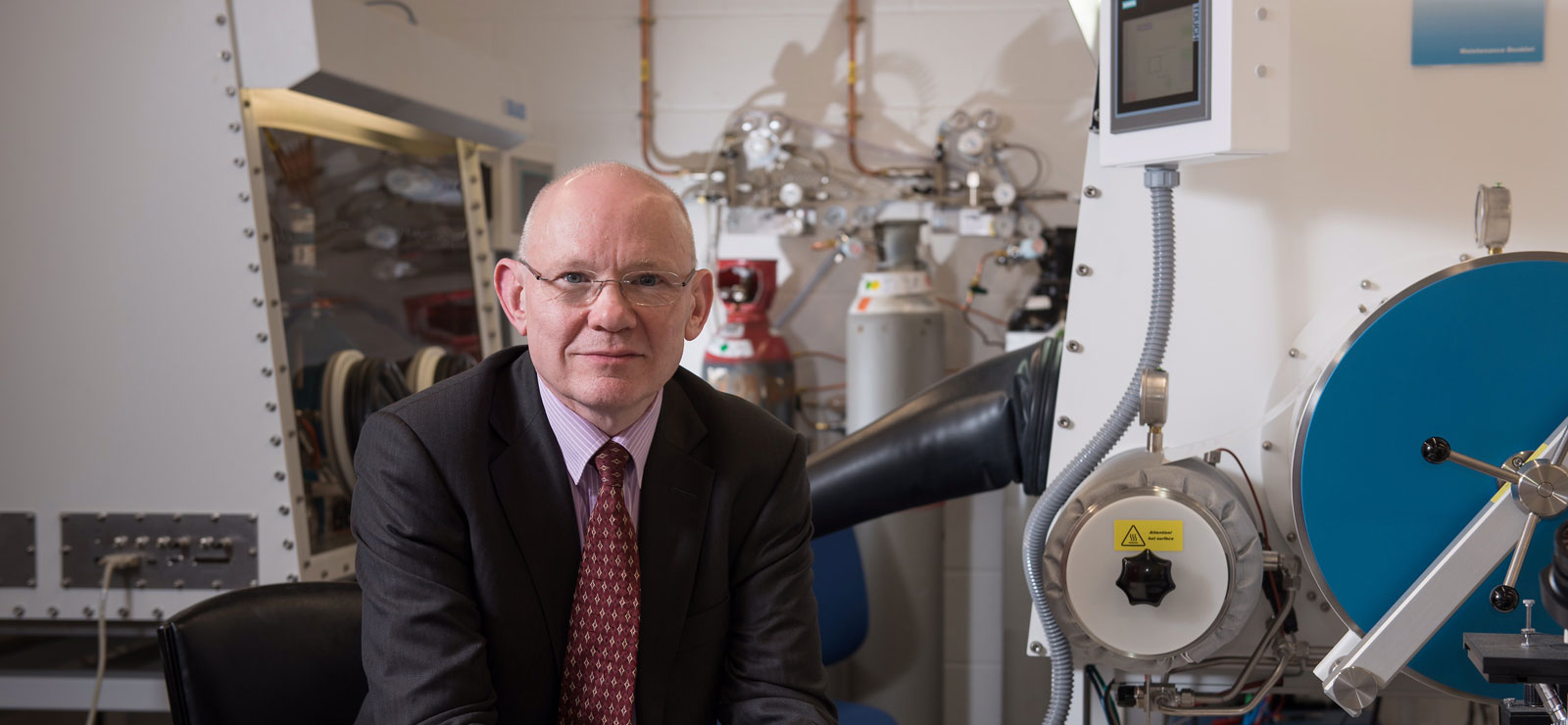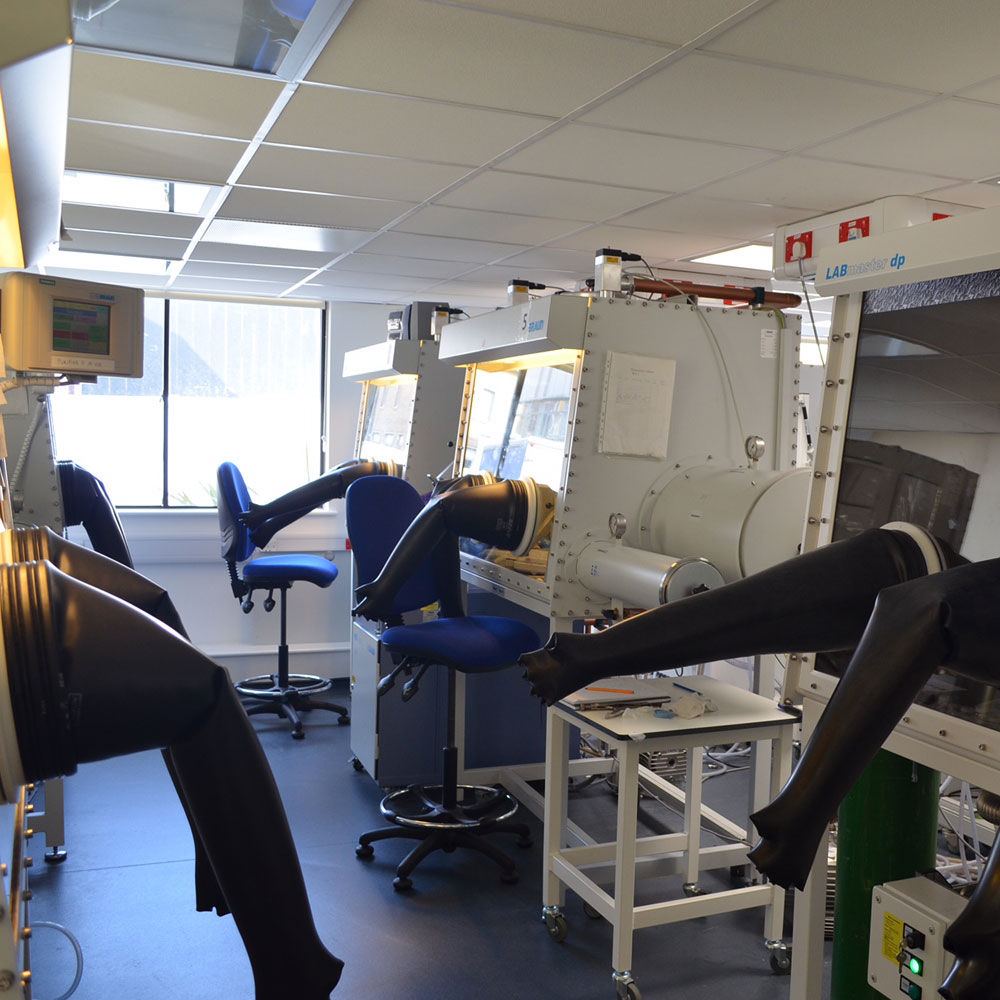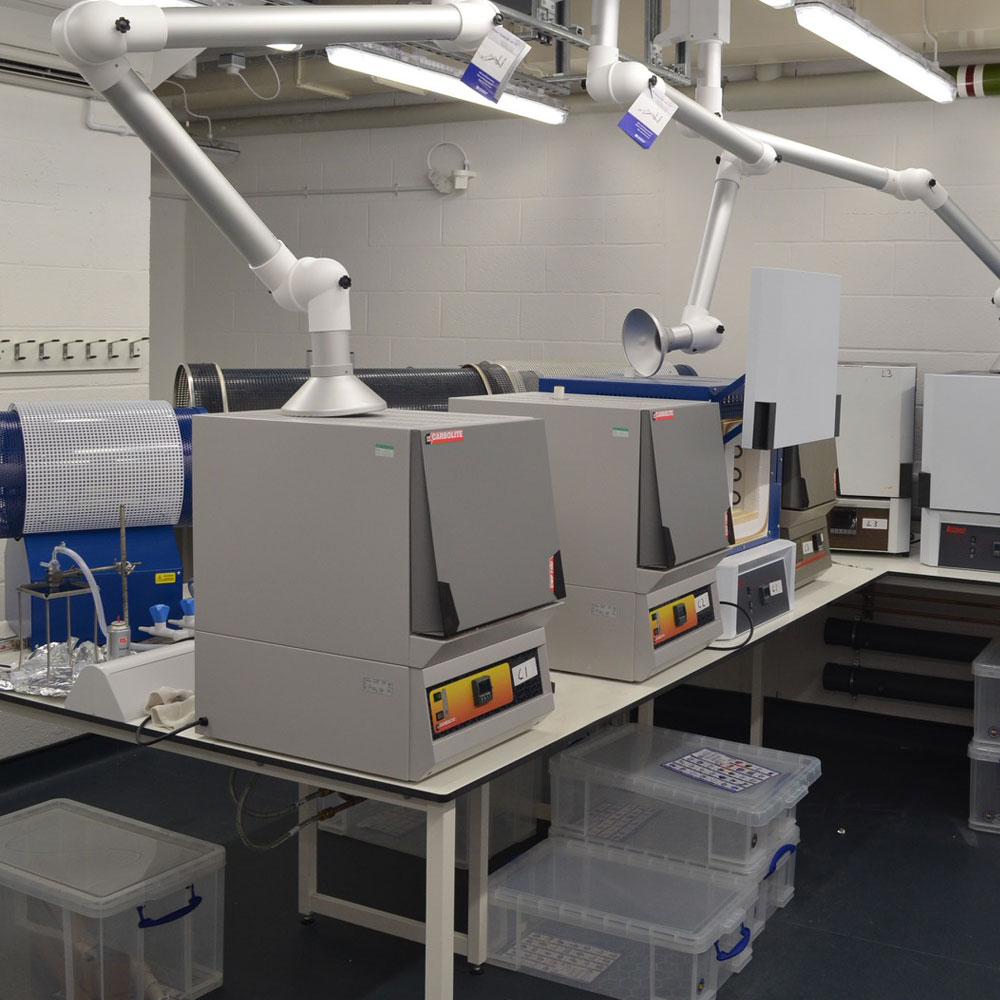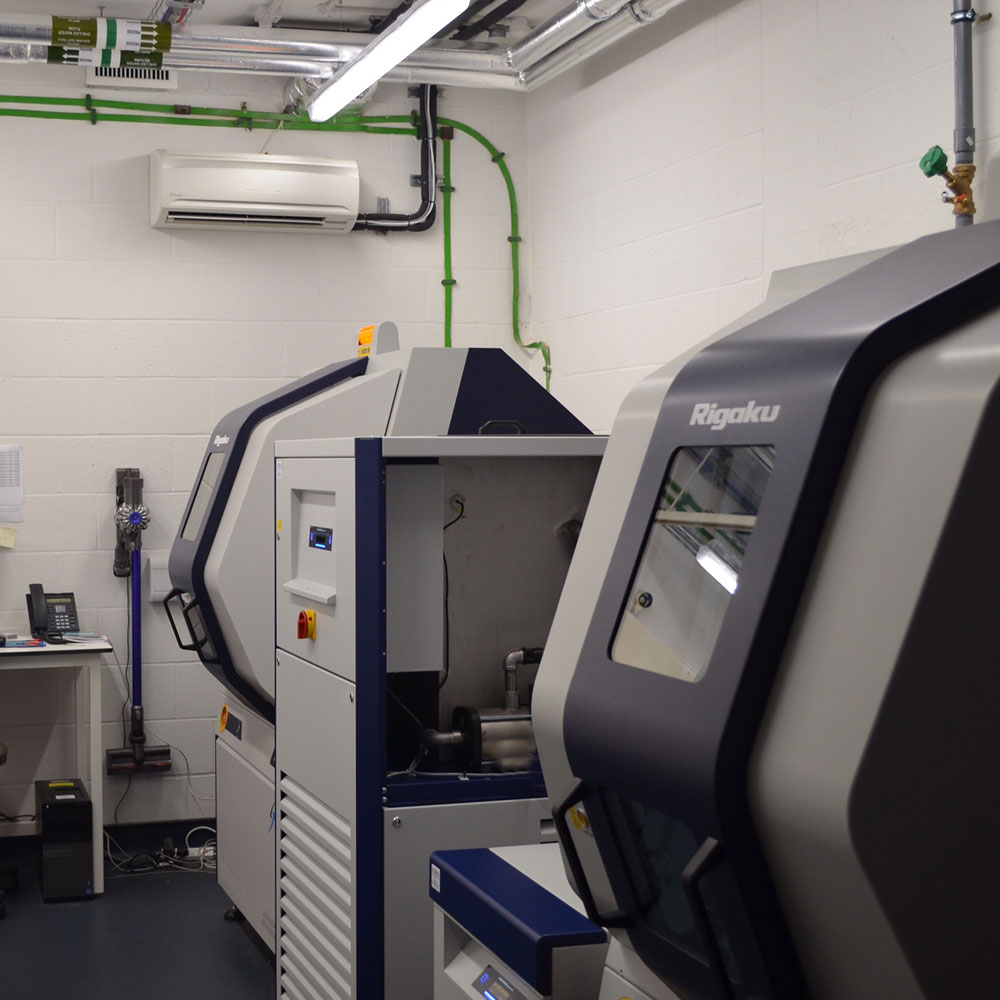This website uses cookies so that we can provide you with the best user experience possible. Cookie information is stored in your browser and performs functions such as recognising you when you return to our website and helping our team to understand which sections of the website you find most interesting and useful.

University of Oxford
Introduction
The University of Oxford’s distinctive structure, born of its history, is a collegiate university, consisting of the central University and colleges. The 38 colleges are self-governing and financially independent institutions, which are related to the central University in a federal system. Oxford is a world-leading centre of learning, teaching and research and the oldest university in the English-speaking world, with 52 Nobel prize winners. Today over 140 countries and territories are represented in the student body and the university contributes around £5.8 billion to the UK economy.


Royce Facilities

The University is providing a suite of state-of-the-art facilities and equipment focused on the analysis of energy materials and the development of next generation energy storage solutions.
Core Research Area
Better energy storage materials are required for the electrification of transport and for decarbonisation of the grid. The Royce research area focuses on batteries, supercapacitors and thermoelectrics in an effort to solve the materials and engineering challenges involved in the all-solid-state battery. This could transform the safety of Li-ion batteries, enable the use of lithium metal electrodes delivering a step-change in energy density, and lead to safe electric vehicles with a driving range of more than 300 miles and faster charging. The global market in lithium batteries is growing exponentially, and forecast to reach £50bn in 2020. It is anticipated that the UK will require the equivalent of two gigafactories for electric vehicles alone by 2025.




